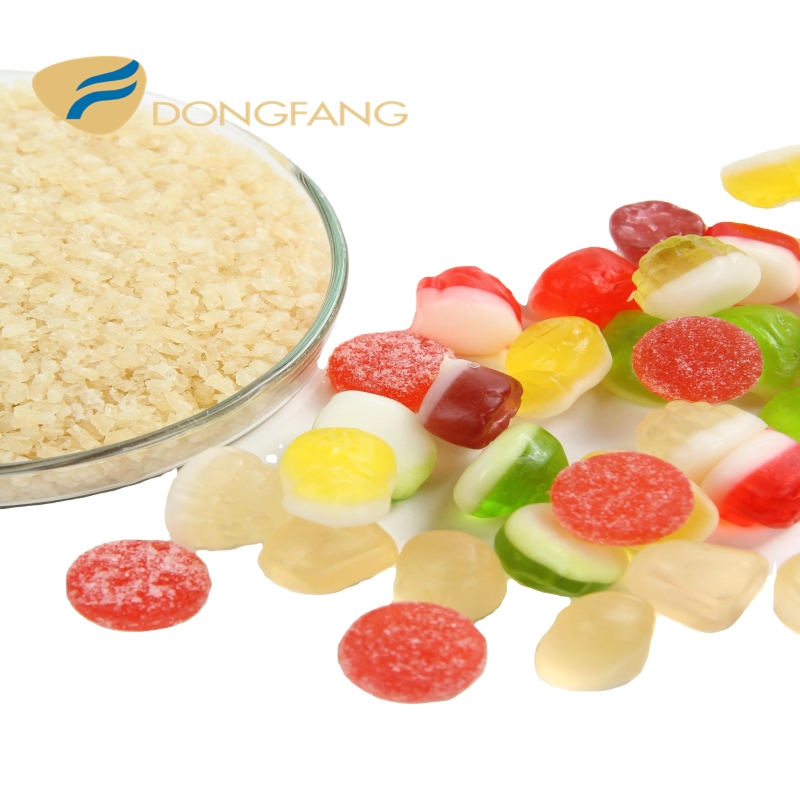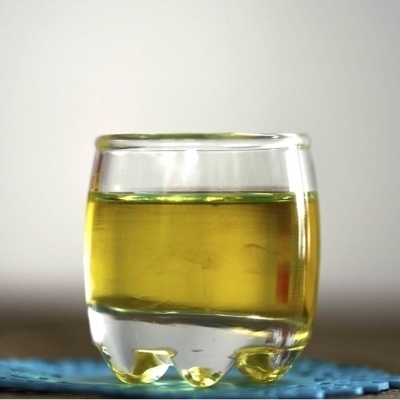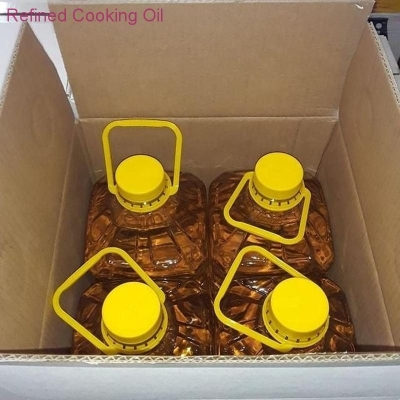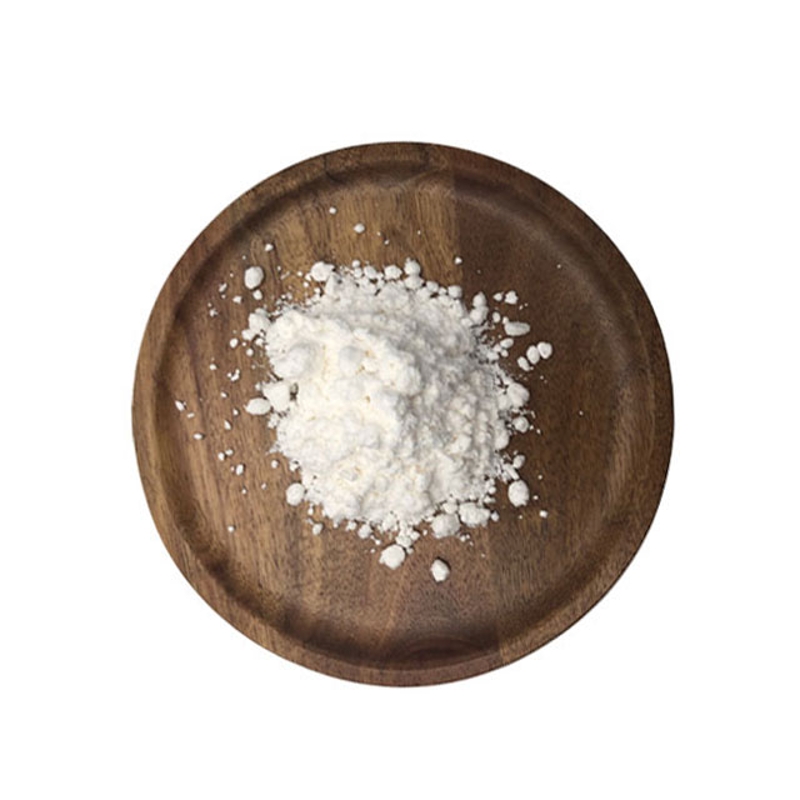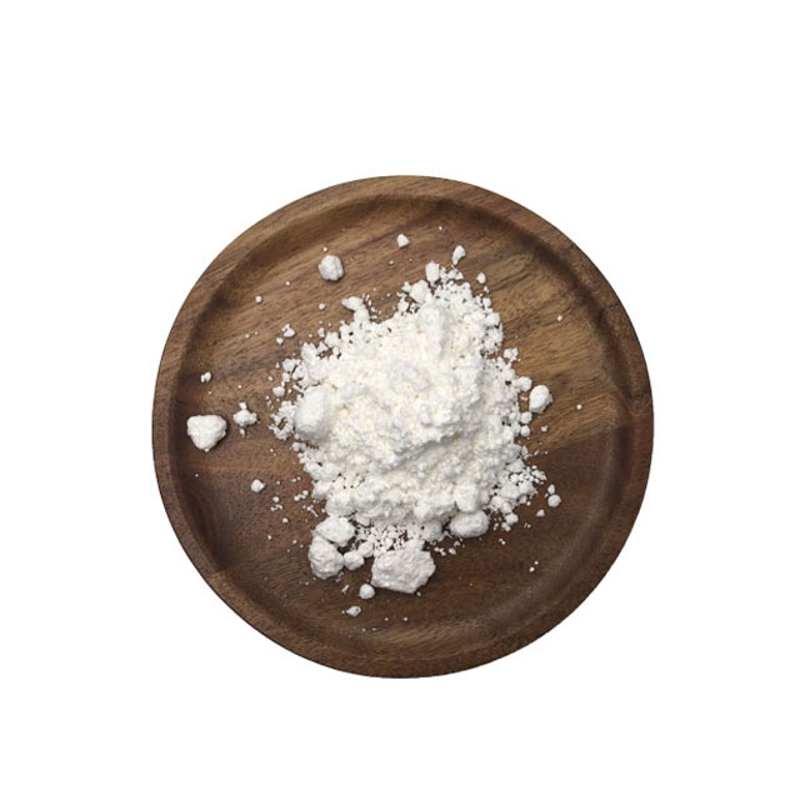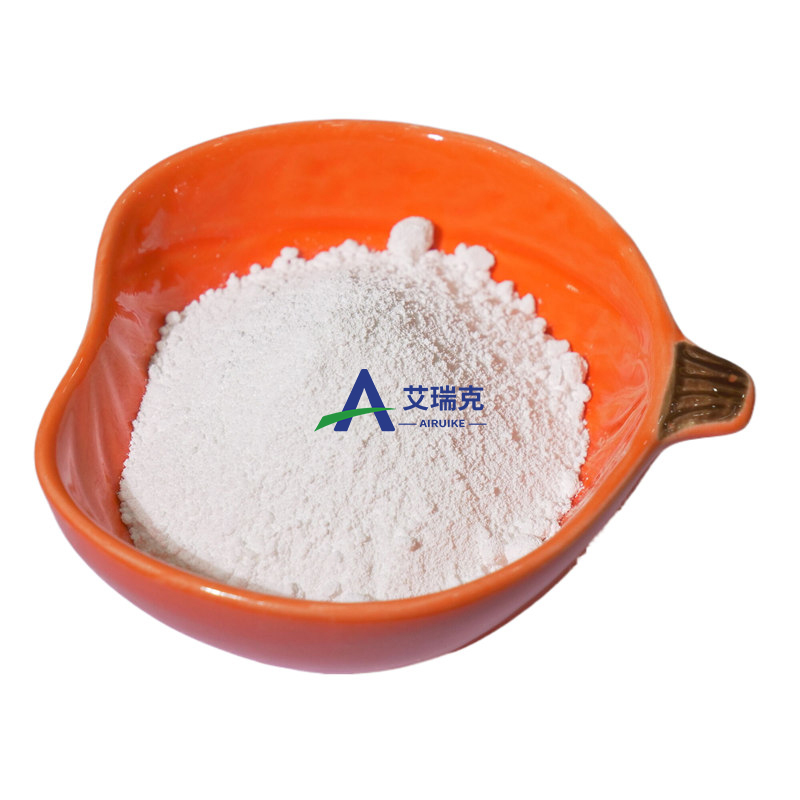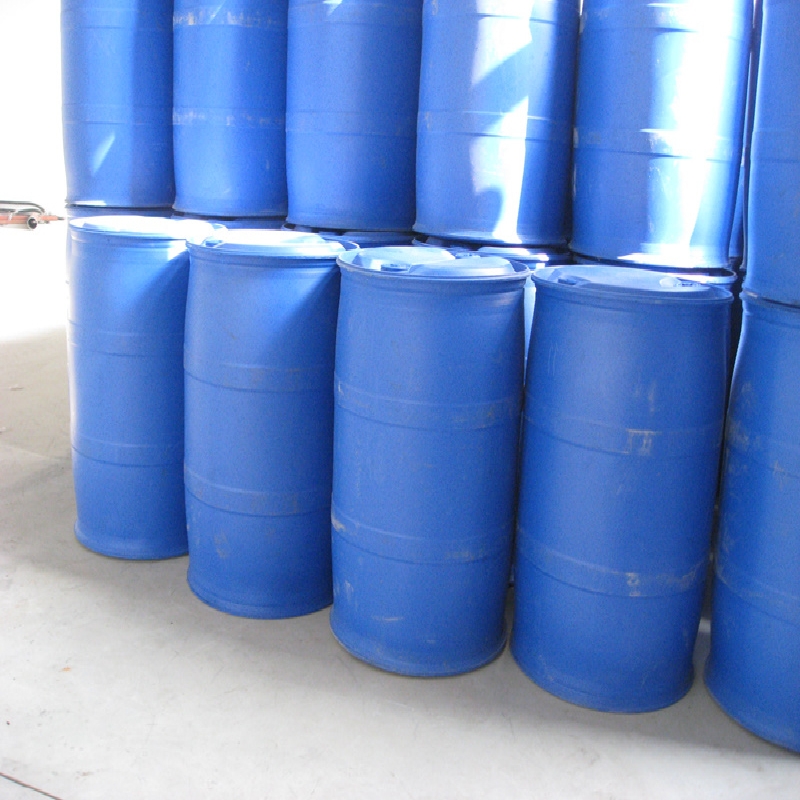Cosmetic Ingredient
- • Abrasive (124)
- • Absorbent (84)
- • Anticaking (66)
- • Anticorrosive (25)
- • Antifoaming (19)
- • Antimicrobials (290)
- • Antioxidant Ingredient (393)
- • Antiperspirant (20)
- • Antiplaque (48)
- • Anti-seborrheic (38)
- • Anti-sebum (39)
- • Antistatic (458)
- • Astringent (162)
- • Binding Agent (172)
- • Bleaching Agent (53)
- • Buffering (191)
- • Bulking (109)
- • Chelating (122)
- • Cleansing (679)
- • Cosmetic Colorant (212)
- • Cosmetic Preservative (158)
- • Denaturant (45)
- • Deodorant (98)
- • Depilatory (27)
- • Dissolving Agent (298)
- • Emollient (795)
- • Emulsifying Agent (480)
- • Emulsion Stabilising (154)
- • Exfoliating (19)
- • Film Forming (299)
- • Flavouring (72)
- • Foam Boosting (161)
- • Foaming (101)
- • Fragrance Ingredient (726)
- • Gel Forming (19)
- • Hair Conditioning (670)
- • Hair Dyeing (363)
- • Hair Fixing (36)
- • Hair Waving or Straightening (45)
- • Humectant (282)
- • Hydrotrope (92)
- • Keratolytic (20)
- • Light Stabilizer (80)
- • Moisturising Agent (50)
- • Nail Conditioning (42)
- • Occlusive (20)
- • Opacifying (119)
- • Oral Care (123)
- • Oxidising (19)
- • Perfuming (2105)
- • Plasticiser (98)
- • Propellant (19)
- • Reducing (50)
- • Refatting (12)
- • Refreshing (26)
- • Skin Cleansing (388)
- • Skin Conditioning (1751)
- • Skin Humectant (21)
- • Skin Protecting (282)
- • Smoothing (31)
- • Soothing (71)
- • Tonics (155)
- • UV Filter (34)
- • Viscosity Controlling (532)
Chemicals as Skincare Ingredients
Related News
-
Global Soybean Prices Drop as Tariff Fears Hit Markets Hard
2025-04-07 -
Novartis Launches Bold Attack Eyes 100 Billion Dollar Autoimmune Market
2025-04-09 -
Quaker Houghton Acquires Dipsol Chemicals, Strengthening Advanced Solutions Portfolio
2025-03-27 -
Saudi Aramco CEO: Invest in downstream projects in China's energy, chemical and other fields
2025-03-28 -
Mitsubishi Chemical to Phase Out Production by 2027 in Major Restructuring
2025-04-03 -
New IPDI Project Approved as Market Prices Surge
2025-04-03
Sort Skin Conditioning Alphabetically
Skin Conditioning
Avocado oil
(8024-32-6)-
Industrial Grade / 99%
-
Pharmacy Grade / 99%
-
Pharmacy Grade / 99.5%
-
![AVOCADO OIL buy AVOCADO OIL]()
Request for quotation , get quotes from more suppliers.
Molasses
(68476-78-8)-
Industrial Grade / 99%
-
Food Grade / 99%
-
-
Food Grade / 99%
Cottonseed oil
(8001-29-4)-
Top Product / 98%
-
-
Pharmacy Grade / 99%
-
Food Grade / 99%
Request for quotation , get quotes from more suppliers.
Disodium UMP
(3387-36-8)-
-
-
Top Product / 98%
-
Pharmacy Grade / 99%
Request for quotation , get quotes from more suppliers.
Sarsasapogenin
(126-19-2)-
- / 99.00%
-
Pharmacy Grade / 99%
-
Food grade / 99%
-
industrial Grade / 98%
Request for quotation , get quotes from more suppliers.
Cocoa butter
(8002-31-1)-
Food Grade / 99%
$1-1.2/KG FOB
-
Food Grade / 99%
-
- / 0.00%
-
$1/MT EXW
Request for quotation , get quotes from more suppliers.
-
Industrial Grade / 99%
-
-
- / 99.00%
-
Pharmaceutical Grade / 99%
Request for quotation , get quotes from more suppliers.
Veratryl alcohol
(93-03-8)-
Industrial Grade / 99%
-
- / 99.00%
-
Pharmacy Grade / 99%
-
![3,4-Dimethoxybenzyl alcohol buy 3,4-Dimethoxybenzyl alcohol]()
Industrial Grade / 99%
Request for quotation , get quotes from more suppliers.
Methyl stearate
(112-61-8)-
Cosmetics Grade / 98%
-
Industrial Grade / 99%
-
- / 0.00%
-
- / 99.00%
Request for quotation , get quotes from more suppliers.
-
Industrial Grade / 99%
-
Industrial Grade / 99%
-
Reagent Grade / 99%
-
Industrial Grade / 99%
Request for quotation , get quotes from more suppliers.
More Information
Skin conditioning are the collective name for ingredients in cosmetics that have effects on the skin, such as whitening, moisturizing, anti-aging, and acne removal. In jargon, they are also called active ingredients in cosmetics. These agents work by replenishing the skin's natural lipid barrier and enhancing its ability to retain moisture, resulting in softer, smoother, and more supple skin.
When skin conditioning agents are applied to the skin, they form a protective layer that helps to seal in moisture and prevent water loss. This barrier also helps to shield the skin from environmental aggressors such as harsh weather conditions and pollutants, promoting overall skin health and resilience.
Common Skin Conditioning
•Whitening agents: reduce melanin deposits and lighten discoloration
•Antibacterial agents: prevent or reduce skin bacterial infections
•Anti-allergic agents: reduce allergic reactions to irritants














